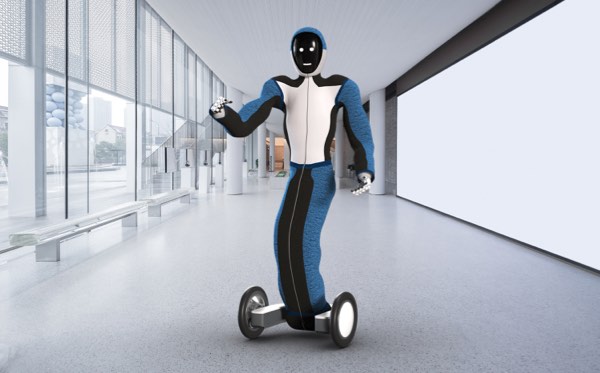
How Technology Can Alleviate Surveillance Blind Spots
Navigating evolving demands in the security industry
Even as technology has rapidly advanced over decades to meet changing demands in the security industry, persistent challenges—such as staffing shortages and limited scope of surveillance—remain.
Electronic surveillance systems have continually been an essential element of security programs, supplementing guards as an “all-seeing eye” that can ensure more comprehensive coverage and maintain critical alertness regardless of the day or hour. However, virtually all electronic surveillance systems are fixed in some way to the structure they’re designed to protect, and are limited in their scope of surveillance. The introduction of pan-tilt-zoom cameras to the industry notably expanded the breadth of surveillance capabilities, but even these are still restricted to a fixed anchor point. This means that blind spots and hard-to-access and/or surveil areas can still be a prevailing challenge for organizations looking to reduce risk at their commercial facilities.
Security leaders may also struggle to find, train and retain qualified guards or officers. Especially in an industry where turnover is often high, the effort required to hire and retrain new guards makes maintaining a consistently effective guarding program particularly challenging. Establishing a successful guarding program also requires resources, such as administrative churn and labor-intensive management and oversight. Often these programs become increasingly costly with diminishing return.
Addressing security challenges with cost-effective technology
As the industry looks for a cost-effective path forward that addresses these gaps in surveillance, security partners are finding answers in technology. For instance, Everon™ has established a dedicated innovation program aimed at developing technologies—like humanoid robotics in collaboration with Norway-based 1X Technologies—to directly address challenges like these facing security leaders today, with the intention of directly augmenting and optimizing the security guarding industry.

“We hope this humanoid robot is the first of many iterations to come. The current version in development is approximately six feet tall, complete with arms that can be programmed to mimic humanlike movement—eventually capable of conducting patrols, two-way communications through VR capabilities and carrying out certain tasks and actions, such as unzipping and searching a backpack or opening a door,” said Mike Lavway, Director of Operations for Everon’s Innovation Lab in Irving, TX.
“By using a fleet of robots, an organization can one day help to enhance and streamline its guarding force through technology, ultimately aiming to minimize the burden of staff shortages,” Lavway added.
Exploration of drone technologies
In tandem with humanoid robotics, Everon also sees incredible value and potential for drone technologies to one day enhance commercial security and guarding programs. Similar to a robot, drone technologies offer a more flexible, mobile platform to conduct patrols, investigate security incidents and augment surveillance coverage in hard-to-reach or remote areas.
Technology that helps protect your people, property, and assets
Similar to the humanoid robots, a fleet of drones might one day be leveraged to help increase surveillance coverage during a security event. Security guards are most often limited to strictly observe-and-report function, preventing them from engaging in events beyond dispatching. Consider a fire event in which an alarm is triggered—a guard must evacuate along with the rest of the occupants, but there is potential that a drone or robot could remain to investigate and collect evidence on the incident on behalf of the security officers and first responders. Both robots and drones in commercial security applications could eventually allow users to surveil their surroundings dynamically and can see virtually all areas a human could see with the added benefit of recording the experience for forensic purposes.
The development of drones and humanoid robotics, along with other explorations into emerging technologies, allow security leaders to move beyond responding to events in the past tense and begin to move towards engaging with preventive tactics and real-time incident response that could effectively reduce risk to an organization’s most precious asset—its people.
As the world around us continues to rapidly change, we’re taking chances and striving to be proactively ahead of the curve to address your evolving security needs.
Let’s start a conversation
We make it easy to switch providers, and our onboarding process is predictable, dependable and painless.

